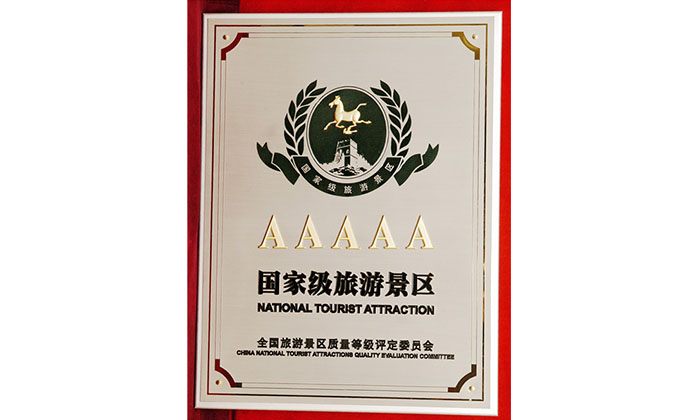
ABOUT THE TOWER
YELLOW CRANE TOWER Introduce
Wuhan, aka Riverside City, is home to ethereal mountains and crystal lakes. Yet Yellow Crane Tower is the local tourism’s centerpiece. It has perched atop Snake Mountain for millennia and centuries, with white clouds wafting around and the Yangtze River surging below. This picturesque edifice vies for historic prestige with Yueyang Tower and Prince Teng Pavilion in Southern China.

Brief Overview
This masterwork blends classicism and modernism, poetics and aesthetics. At the point of mountain-water interaction, it agrees with our Chinese’s custom of mounting high, our awareness of getting close to nature and our philosophy of revering the universe. So, mounting the tower is a twofold luxury. You not only will enjoy inviting views, but also can experience a transcendental realm, in which mind and universe become one. Finally, the mind will be purified. All this is perhaps why the tower has showed off such a fascinating vibe over the past ages.
This tower stands atop Snake Mountain, Wuchang. Since ancient times, it has been “a great wonder of the world.” Indeed, it is no less famous than Hunan-based Yueyang Tower or Jiangxi-based Teng Prince Pavilion.
From its erection onwards, Yellow Crane Tower goes through many contour designs. All such antique designs have their marked features. Yet unlike the two counterparts in China, this tower adopts a mix of octagon (Ba) and square (Fang), which means “getting access to all eight directions.” Obviously, these figures are part of architectural symbolism. To take a vertical look, each eave-row may resemble a fluttering crane that suggests close ties with the tower’s name. On the whole, this tower boasts majesty as well as meticulosity. There are nuances of beauty worth exploring in depth.
Unique Geography

The tower elegantly sits on Snake Mountain along the Wuhan section of the Yangtze River, Hubei. And the mountain is also called Yellow Crane Mountain. This architectural tour de force dates back earliest to the Three Kingdoms Period. Later on, it went through repeated reconstruction and destruction. In Ming Era and Qing Era, for example, the tower got destructed 7 times and reconstructed/renovated 10 times. As a saying goes, “If the nation prospers, the tower would be prosperous too.”In the 10th Year (1884) of Qing’s Guangxu Period, a great fire burnt the tower to stark ashes. But when it came to 1985, a new Yellow Crane Tower stood on the Yangtze riverside.
This tower provides a panorama of nearby waters and distant mountains. “The crane, once gone, has never returned; yet the white clouds drift aimlessly over one thousand years. Now the trees of Hanyang are arrayed before the clear river; and fragrant grasses grow lush on Parrot Island.” These lines by Cui Hao create such a thought-provoking realm.
ENDURING HISTORY
“ENDURING HISTORY”
The exact building time was the 2nd Year (223) of Huangwu Reign of Eastern Wu, Three Kingdoms Period. Back then, it was a mere “watchtower” at Xiakou City. But later the situation changed after Jin wiped out Eastern Wu and unified China. As local business flourished against this backdrop, watching and guarding gave way to sightseeing. Over time it had blossomed into a must-see spot for anyone coming here, be him an official, a merchant or a tourist. In addition, a banquet could be served hereon at its best.Alluring Highlights

YELLOW CRANE TOWER HONOR
Tourist Service
- consulting hotline
Service hotline: 027-88875096
Supervision hotline: 027-88848188
027-12301
(Wuhan Tourism Bureau.)
027-87124701
(Hubei Tourism Administration)
- Official qr code.

Scan focuses on the yellow crane tower.
- Online consultant
- Complaint and advice












